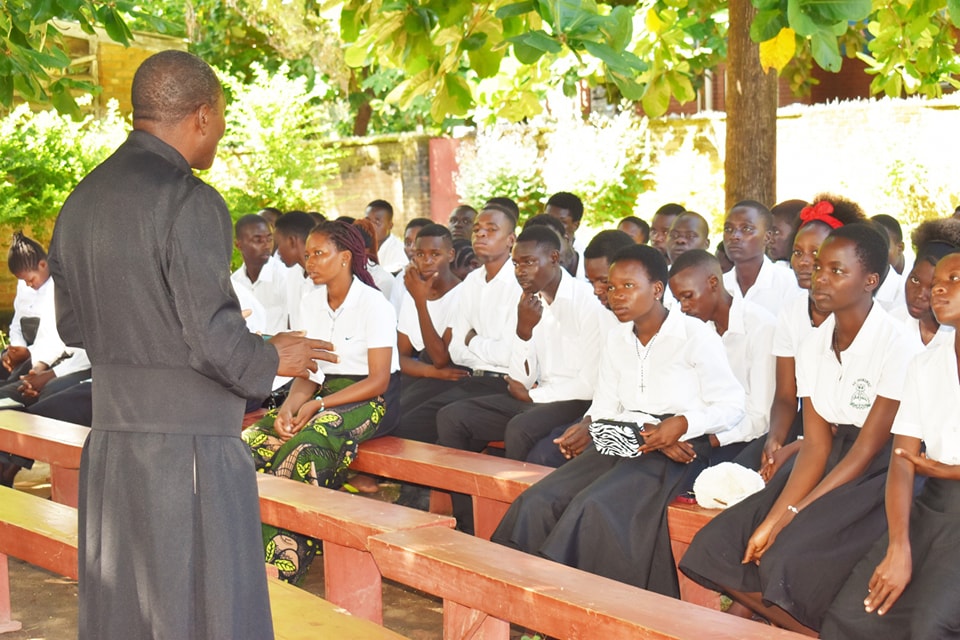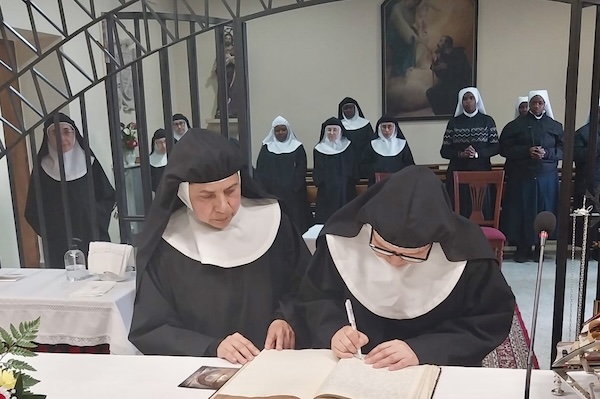– Joaquim Magalhães de Castro
The access to the trail is made by an old covered bridge decorated with oratorical flags that cross a river of crystalline and hurried waters. Beside the path, the pilgrim meets two structures. On the left, a large prayer wheel; to the right, the statues of guru Rinpoche, Sakamuni (the historical Buddha) and Shabdrung. The steep path to the monastery is interrupted only once, with a stupa that also serves as a resting place.
If he is lucky, the passerby will be able to see some of the native mountain goats, the goral goat, which seems to have no fear of humans. Well, we were not lucky. Along the way we come across several pilgrims – entire families, old and new, many children – a constant flow of young and old people, some very old men, who descend and climb the trail sheltered by a forest of oak leafy trees. All wear their traditional robes, bearing the backpacks and the umbrellas, because an insistent rain falls, the only modern accessories they have with them. Sangay accompanies us and keeps taking stock of the situation.
At the top of the monastery are several shrines arranged to receive all who wish to pay tribute to Sakyamuni and various other bodhisattvas. The ashes of Shabdrung’s father, preserved in a luxuriously decorated silver box, are particularly venerated. The ancient texts tell us that they have been transported here from Tibet with the greatest of the secrets.
On the facade of the monastery a portrait of the monk-warrior is clearly visible, and the guide Sangay soon points to a tiny hermitage encrusted in a boulder. It was there that the Bhutanese leader meditated for three years without seeing or being seen by anyone. It was a place of refuge and meditation. The food arrived at him in a basket transported by two ropes that connected his small hut to two others in below. This period of reflection is clearly mentioned in the Bhutanese historical texts.
Shabdrung, dearer than feared, was a kind-hearted sovereign of magnanimous spirit, able to forgive his enemies. In the background, a very spiritual person, as Estêvão Cacela points out: “This king is also very celebrated for the abstinence he makes, not eating rice, meat or fish, living on milk and fruit, and also for the recollection that kept the passed three years, before we arrived here, living in a small house in a secluded mountain area.”


 Follow
Follow


